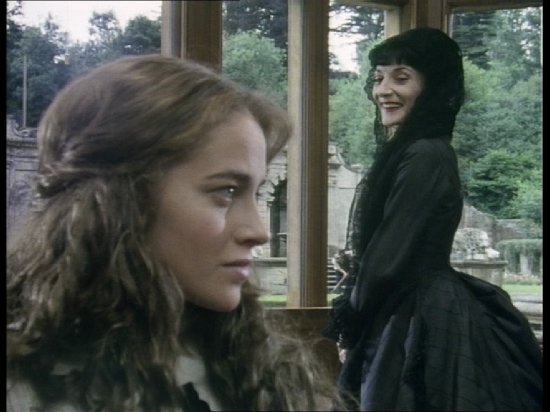

The Tale-Type Index groups texts as variant renditions of particular plots. One of the most well-known works of folktale (or fairy-tale) scholarship is the Tale-Type Index, assembled by Antti Aarne and Stith Thompson, and recently updated by Hans-Jörg Uther. By looking to that body of scholarship, we can begin to tease out how a novel like The Darkangel might relate to this other genre. How justified is that comparison, and what inspires it? The Darkangel evokes more than one genre, including the gothic and (in certain places) science fiction, so what quality are we pointing to when we say it echoes the feel of a fairy tale? Answering that question means first determining what a fairy tale is-a question which has occupied folklorists for centuries. Works like Meredith Ann Pierce's The Darkangel simply feel like fairy tales, even when they don't retell a particular story.

Some works, though, show an obvious connection: fairy tales are a perennial source for retellings and adaptations.īetween those intentional fairy tale retellings and the kind of fantasy Nikolajeva discusses, there's a middle ground of texts whose nature is less distinct. How much water that argument holds is open to debate Maria Nikolajeva argues in "Fairy Tale and Fantasy: From Archaic to Postmodern" that the commercial fantasy genre is, in most cases, not much like fairy tales at all. Fairy tales often appear to be one of the ancestor genres to fantasy, and readers, reviewers, and even sometimes critics often draw connections between the two.


 0 kommentar(er)
0 kommentar(er)
